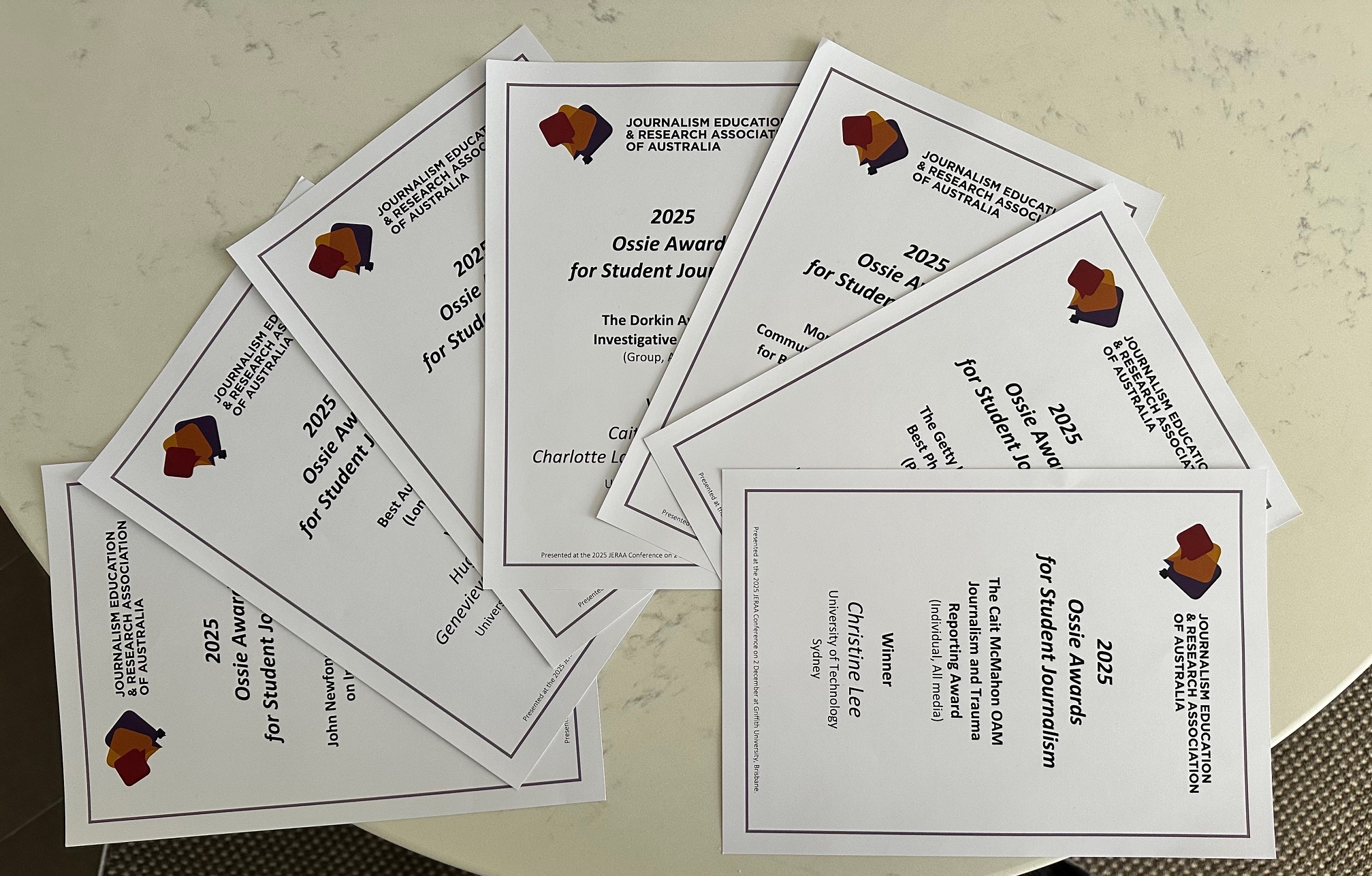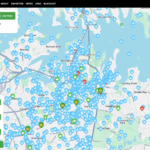When Rachael Zhou arrived in Australia 18 years ago, she stepped into an entry-level hospitality job, eager to build a new life for herself.
It wasn’t an easy decision—she had recently graduated with an engineering degree from a top Chinese university, and was poised to embark on a promising career in her home country.
Yet, she was willing to sacrifice a strong network, financial security, and a familiar way of life in the hope of calling Australia home.
She quickly realised the road ahead was filled with challenges she hadn’t anticipated.
“Lots of discrimination, racism happened at work…especially in the hospitality industry, (where) most of the workers at a manager level, they are Aussie,” Rachael recalled.
“They speak very rudely. They don’t care (to) understand where we are from, what our culture is about.”
Where there is sexual harassment, it often will occur alongside other abusive or exploitative behaviours.
Despite changing professions, Rachael, now in her mid-40s, has consistently faced dysfunctional and unsafe workplace practices — including an experience of sexual harassment.
To respect Rachael’s privacy Central News has chosen to keep her full identity hidden.
She is not alone in her experience.
Workplace harassment is a pressing, stressful reality for many migrant and refugee women.
According to the Multicultural Centre for Women’s Health, over 2.6 million women and girls in Australia were born in a non-main English-speaking country, and a recent report by Australia’s National Research Organisation for Women’s Safety (ANROWS) found many face sexual harassment, racial discrimination, and exploitation in the workplace.
Hostile and unsafe work environment
ANROWS documented the experiences of over 850 migrant and refugee women in Australia, with nearly half (46 per cent) having experienced workplace sexual harassment within the past five years.

Dr Tan is a lecturer in criminology, at Melbourne University’s School of Social and Political Sciences. (Photo Supplied)
Dr Shih Joo Tan, a lecturer at the University of Melbourne who co-led the report, said the high rates of sexual harassment were significant, and reflected a broader pattern of hostile, unsafe working conditions — including unequal pay and a general lack of physical or psychological safety.
“Where there is sexual harassment, it often will occur alongside other abusive or exploitative behaviours,” she added.
“And when we asked women what they understood as some of the motivators for this behaviour, racial discrimination comes into play.”
Dr Tan said the findings highlighted flaws in current reporting systems — work and government-based — which tended to address instances of abuse in isolation rather than recognising the interconnected nature of these problems.
“It’s not going to be effective or useful if you’re just only dealing with sexual harassment in silo,” she said.
“It has to be responded to in relation to all these other working behaviours or practices that were occurring in the workplace, as well as racial discrimination.”
Formal reporting systems inaccessible
Another critical finding of the study was the reluctance of migrant and refugee women to report incidents of sexual harassment.
Fear of jeopardising their employment or visa security, coupled with social and cultural stigma, created significant barriers to formal reporting.
“Women chose not to report because of all the personal, social, and economic consequences that could come with filing a formal report or complaint,” Dr Tan said.
This reluctance to report also mirrored broader responses to sexual harassment across Australian workplaces, where fewer than one in five people (17 per cent) of women were found to have made a formal report or complaint after experiencing sexual harassment.
However, it didn’t mean women didn’t seek help at all — with migrant and refugee women primarily turning to family, friends, and close colleagues for informal support.
“It’s not that women don’t want to report, because when you talk to women who have reported, they do acknowledge there is a sense of relief, and it speaks to that symbolic importance of reporting for women,” Dr Tan said.
“But at this current stage, it’s not a feasible pursuit for many of them.”
Lack of accountability
While years have passed since Rachael worked at the hospitality job where she was sexually harassed, she still recalls feeling powerless.
“Because we were new to the role and this male was our team leader, we felt ashamed to talk about this to other people,” she said of her and her colleagues’ reaction.
“We didn’t think we actually can go to the manager level to make a complaint, to stop his behaviour.”
But when the harassment became a recurring pattern of behaviour affecting several of her female workmates, Rachael decided to take a stand, and reported the perpetrator to the human resources department.
Their response was lukewarm.
Rachael said: “HR didn’t even address this as sexual harassment. They didn’t take further actions to stop the behaviour.”
The lack of accountability seen in Rachael’s case is consistent with the study’s findings, which reveal that formal action, or recognition of the perpetrator’s wrongdoing was rarely taken.
Dr Tan added that this lack of transparency and accountability was compounded by a dismissive workplace culture.
“Often when women talked about their experiences to other people, like superiors or other colleagues, what women told us was that they were brushed off, and were told that this is just Australian culture, this is just a joke,” she said.
“But I think what women do understand and do know is that this experience or whatever that behaviour was, made them feel uncomfortable and unsafe… and I think that shouldn’t be discounted.”
Changes needed
The report highlighted an urgent need to reconsider current response systems, which often failed to address the intersection of sexual harassment with other forms of discrimination — but change is occurring.
Australian employers are now obligated to meet positive duty requirements, meaning they must proactively prevent sex-based discrimination and harassment rather than reactively handling complaints.
This change, introduced by the Australian Human Rights Commission (AHRC) and the government, aims to eliminate unlawful workplace conduct that disproportionately affects women.
While Dr Tan acknowledged these legal frameworks as important foundations, she emphasised the role of social and cultural attitudes in shaping women’s confidence in the system.
“If you want to eliminate sexual harassment, you can’t do that without addressing broader structural issues,” she said.
Even before entering the workforce, many migrant women face insecurities related to temporary visa status, and challenges in securing jobs due to having non-Anglo-Saxon names.
“These problems don’t start or end in the workplace,” Dr Tan added. “They simply manifest there.”
Investing in diverse leadership
According to industry experts, cultural change must be led from above.
Fabiola Campbell, founder of the non-profit Professional Migrant Women (PMW), stressed the importance of diverse leadership in addressing systemic barriers faced by migrant and refugee women.

Diana Santibanez, Lina Orozco Munera and Fabiola Campbell are co-partners for PMW. (Photo supplied)
“It’s important to have a diverse workforce, but also a leadership that represents that diverse workforce, because they will open up doors for people like themselves,” said Campbell.
“And so that’s why it’s so important to make room for everybody and to make room in a conscious way.”
PMW runs various programs to support the visibility and career development of migrant women, and recently hosted a panel discussion where migrant women gathered to share their stories and connect with other leading migrant professionals.
Lina Orozco Munera, PMW’s director of communications, said creating safe, culturally responsive spaces for women to speak about their experiences was essential.
“Change was sparked when these women were ready, and brave enough to share their stories,” she said.
Vision for the future
Today, Rachael works in the advocacy space, supporting newly arrived migrants and refugee women across Western Sydney.
Knowing firsthand the harsh realities facing these women, her experiences have solidified one thing: addressing sexual harassment cannot rest on the shoulders of women alone.
“We need lots of support from supervisors or managers to educate the staff, and also to continuously check in on staff to see if they are okay or not,” she said.
“There’s employment assistance programmes everywhere, but supervisors have to be the ones to tell staff, encourage staff to call the hotline, to seek help.”
Main image by Unsplash, Christina @wocintechchat.




























